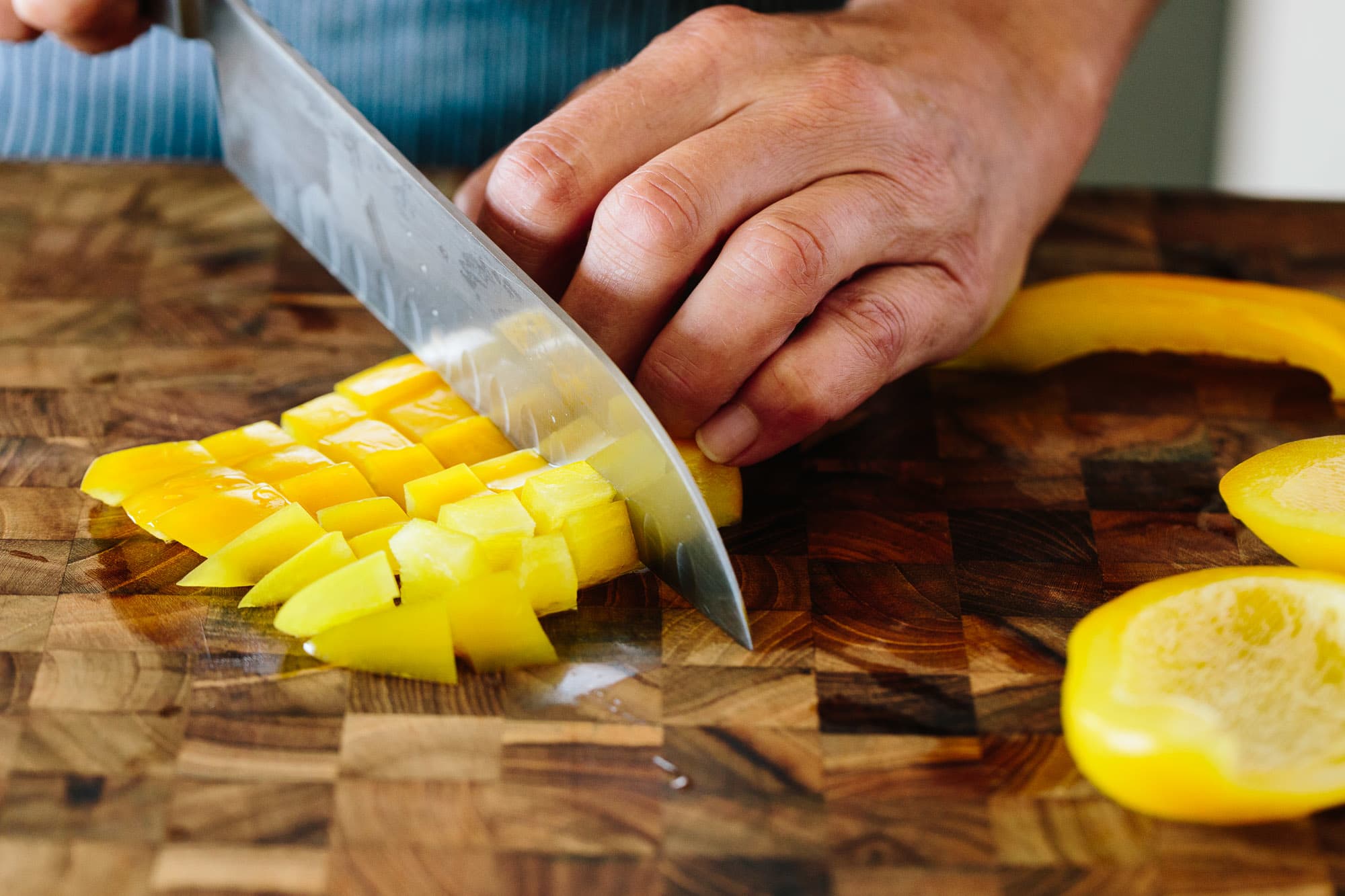In the world of professional cooking, having the right tools can make all the difference. One of the most essential tools in any kitchen is the cutting board, but with so many options available, you might wonder, what cutting board do chefs use? This question touches on various factors including material, size, and maintenance. In this article, we will explore the cutting board choices chefs make and why they choose them.
Choosing the right cutting board is not just about preference, but it also impacts the quality of the food you prepare and your overall cooking experience. Understanding the different types of cutting boards can help you make an informed decision that aligns with your culinary needs.

Types of Cutting Boards Used by Chefs
Interestingly, chefs seem to prefer a variety of cutting board materials. The main types include:
- Wood Cutting Boards: Known for their durability and aesthetics, wood boards can be made from materials like maple, walnut, or bamboo. Chefs often favor them for their ability to not dull knives.
- Plastic Cutting Boards: These boards are typically dishwasher safe, making them easy to clean. They often come in different colors, which can help avoid cross-contamination.
- Composite Boards: A blend of materials, composite boards are designed to be durable while also gentle on knives.
Why Chefs Prefer Wood Cutting Boards
Many chefs swear by wood cutting boards for their classic look and tactile feel. Wood is less likely to dull knives and has, in fact, been shown to have natural antimicrobial properties. For instance, a well-maintained wood cutting board can support a chefs accuracy and efficiency in the kitchen.
To maintain your wooden boards, check out this guide on preventing splits.
The Superiority of Plastic Cutting Boards
While some chefs prefer wood for its aesthetics, others might opt for plastic out of practicality. Plastic cutting boards are dishwasher safe and can be less porous than wood, making them easier to sanitize. With a range of colors available, chefs can designate specific boards for proteins, vegetables, and fruits, effectively reducing the risk of cross-contamination.
If you're struggling with issues like warping, learn how to prevent warping.
The Importance of Size in Cutting Boards
When wondering what cutting board do chefs use, it's essential to consider size. Chefs often have multiple boards to ensure that they can handle a variety of tasks, from chopping herbs to slicing proteins. A larger board provides ample space for cutting, while smaller boards are easier to handle.
Maintenance Tips for Chefs
Regardless of the type of cutting board you choose, maintenance is crucial for longevity. Here are some tips:
- Cleaning: For wooden boards, hand wash only. Plastic boards can be washed in the dishwasher.
- Oiling: Regularly oil wooden boards with food-safe mineral oil to keep them conditioned. Learn how long to soak your cutting board in mineral oil by visiting this guide.
- Storage: Store boards flat to prevent warping.
Chefs Personal Preferences and Recommendations
Many professional chefs have their personal favorites when it comes to cutting boards. Some are brand-loyal while others have a custom board made to suit their unique styles. Brands such as Boos Block and Epicurean have gained quite a reputation among culinary experts for their quality and functionality. They offer various styles and sizes that cater to different chefs needs.
Additionally, maintaining your board properly can significantly extend its life. A wood board can last several years if taken care of correctly. You can read about ways to prevent mold on your boards here.

Frequently Asked Questions (FAQ)
1. What type of cutting board is best for meat?
Most chefs recommend using a plastic cutting board for raw meat due to its easier cleaning properties. However, some prefer a dedicated wood board provided it is maintained appropriately.
2. How often should I replace my cutting board?
Especially for wooden boards, if you notice deep grooves and cuts that cannot be cleaned properly, it might be time to replace it. Regular maintenance can extend the life of any cutting board.
3. Are bamboo cutting boards good?
Bamboo cutting boards are a popular alternative. They are eco-friendly, less porous than wood, and can withstand wear. However, they can be harder on knife blades than traditional hardwood.
In summary, knowing what cutting board do chefs use is just a glimpse into the array of tools available in the culinary industry. Choosing the best type is subjective, depending on the chef's style, cooking habits, and food types. By understanding the preferences and maintenance of these essential kitchen tools, you can enhance your cooking experience.
As an Amazon Associate, I earn from qualifying purchases.


























